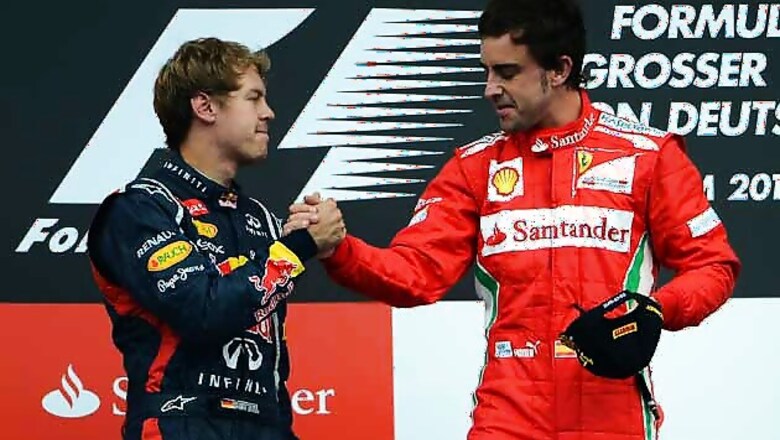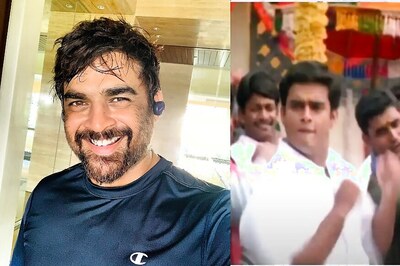
views
New Delhi: Formula One championship rivals Sebastian Vettel of Red Bull and Ferrari's Fernando Alonso both have cause for optimism in this weekend's Indian Grand Prix, as their fight for the title gets down to its final four races. Vettel's victory in the series' previous race in Korea made it three straight grand prix wins, snatching the drivers' championship lead from Alonso, who had led by as much as 40 points before the German's winning streak.
The Indian track — the Buddh International circuit about an hour outside New Delhi — has similar characteristics to that of Korea: long straights in the early part of the lap followed by more twisting, technical sections. The circuit has some fast, sweeping corners, which usually suit the Red Bull more than their rivals, and Vettel is eager to get back on the Indian track where he won the inaugural race last year.
"I loved the track layout last year, but not just because I won the race," Vettel said. "The course is the second quickest of the year after Monza. There is a lot of elevation change around the lap which adds to the fun...it's like a roller coaster. It really has emerged as one of the most challenging circuits on the calendar for the drivers."
Ferrari, however, believe they have cured the wind-tunnel problems that have slowed their scarlet cars to rivals, and expect that should allow them to catch up to Red Bull over the remaining races.
The Italian team has altered its wind tunnel after finding its upgrades at the past two races haven't worked on the track as they did back at the Maranello headquarters. "We got some very interesting answers, which, we believe, will allow us to recover from those problems and so our aim in this forthcoming Indian GP, will be to make up the ground we have lost," Ferrari chief designer Nicolas Tombazis said.
He suggested the problem may lie in scale — the model used in the wind tunnel is not the same size as the actual car — and the difficulty of making air in the tunnel identically replicate open-air conditions. "The way aerodynamics works on a modern F1 car is hyper-complicated, based on the interaction of various components and very small details; therefore, it is easy to make a mistake," Tombazis said. "We have had problems in some areas, but that does not mean that all our work in the wind tunnel has been worthless."
The track layout was praised by all drivers at last year's inaugural race, with sweeping bends and wide entries into corners to encourage different approaches and overtaking opportunities. However, overtaking was made difficult by the dirtiness of the track off the racing line and organisers have reportedly made efforts to alleviate that problem with track cleaning.
A second DRS overtaking zone has also been introduced for this year's race, while teams have received assurances there will be no repeat of last year's power failure in the paddock, which caused a panic in the garages.
While the challenge for the driver title appears to have been reduced to Vettel and Alonso, the fight over the standings in the constructors' championship — where a difference of just one spot can make millions of dollars of difference in prize money — remains tight.
Ferrari, McLaren and Lotus are separated by just 35 points in the fight for second and third, while fifth-placed Mercedes are only 20 points ahead of Sauber.




















Comments
0 comment